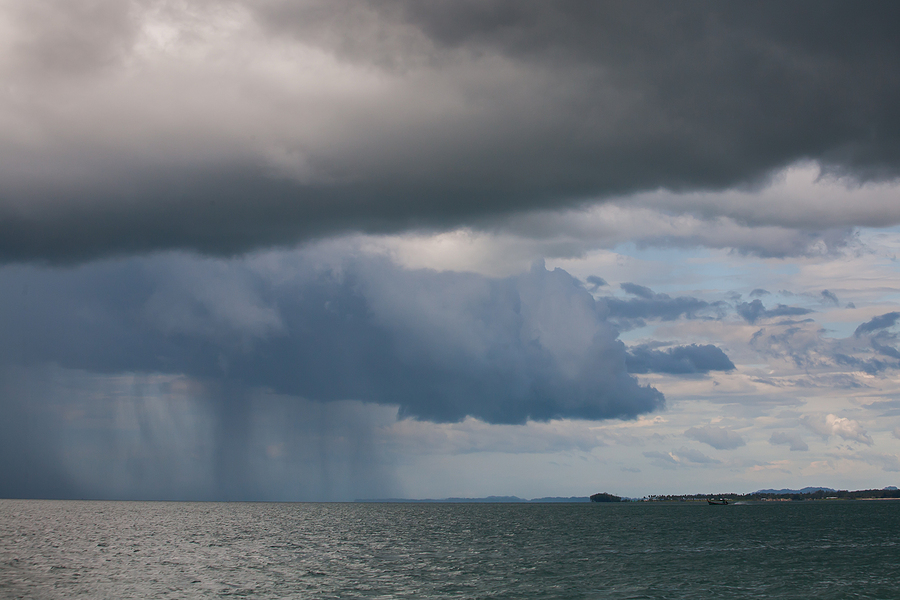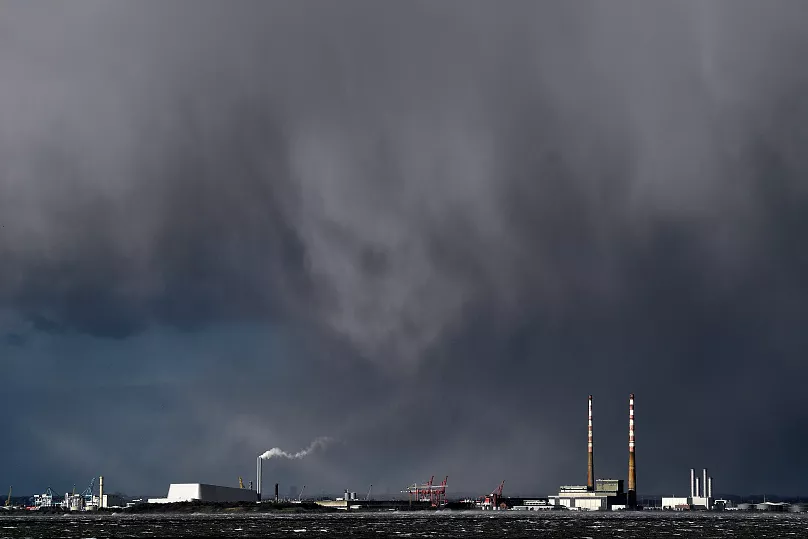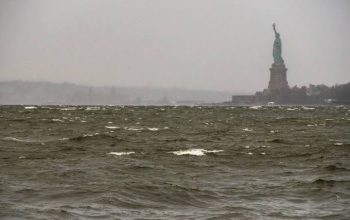Have you ever wondered how storms get their names? While it might seem like a simple or even random process, the reality is far more structured and formal. The naming of storms is a meticulous procedure carried out by weather organizations worldwide, designed to help improve communication and public safety.
The Purpose Behind Storm Names
Naming storms is not just about giving a familiar label to a potentially dangerous weather event. The practice of naming storms was adopted to avoid confusion when multiple storms occur at the same time in different locations. This system also allows for clearer communication in the media and among the public, ensuring that warnings are understood and remembered.
Who Decides the Names?
The responsibility for naming storms in the Atlantic and Eastern Pacific basins falls to the World Meteorological Organization (WMO). The WMO has six rotating lists of names, which are used in sequence each year. These lists include names that are familiar to the populations in the regions where the storms are most likely to strike, and they alternate between male and female names. For example, if the first storm of the year is named after a woman, the next will be named after a man.

The Formal Process of Naming
The process of naming a storm begins when a tropical cyclone reaches a specific intensity. When the sustained winds of a storm reach 39 miles per hour, it is classified as a tropical storm, and a name is assigned from the pre-determined list. This practice is followed in many parts of the world, including the Atlantic, Pacific, and Indian Oceans.
The lists are not static. If a storm is particularly deadly or costly, its name is retired from the list and replaced with a new one. This is done to avoid confusion and to be sensitive to the memories of those affected by the storm. For instance, names like Katrina (from the devastating 2005 hurricane) will never be used again.
The History Behind the Naming
The practice of naming storms dates back to the early 20th century. Initially, storms were named arbitrarily, often after saints on the calendar day when the storm occurred. During World War II, meteorologists in the Pacific began using women’s names for storms, a practice that was later adopted for Atlantic hurricanes. By the 1970s, the WMO had adopted the alternating male and female naming system we use today.
Why It Matters
The importance of this formal naming process cannot be overstated. In times of crisis, clear communication is essential. Imagine trying to keep track of several storms in different locations without unique identifiers. The naming convention helps to avoid this confusion, ensuring that warnings are heeded and lives are saved.
What’s in a Name?
Interestingly, the names themselves are chosen with care. They are short, simple to pronounce, and culturally appropriate for the regions where the storms are likely to hit. The names are also meant to be memorable, which is crucial in ensuring that the public remains aware of the storm’s progression and potential danger.
Public Reactions
The release of each season’s storm names is often met with public curiosity and sometimes humor. People might speculate about which name will be the most severe or share stories about past storms that affected them personally. Despite the occasional lightheartedness, it’s important to remember that each name represents a serious weather event that could have significant consequences.
Conclusion
The next time you hear about a storm like “Hurricane Aria” or “Tropical Storm Felix,” you’ll know there’s a formal, well-thought-out process behind that name. It’s not just about labels; it’s about ensuring clear, effective communication during some of the most challenging moments nature can throw at us. This structured approach to naming storms plays a crucial role in public safety, helping to keep communities informed and prepared.



